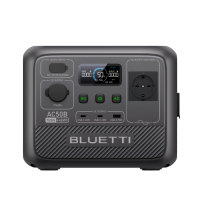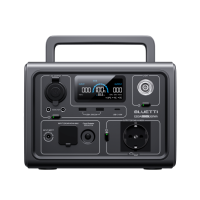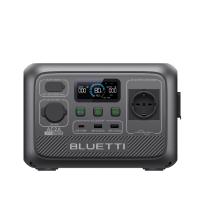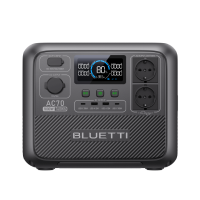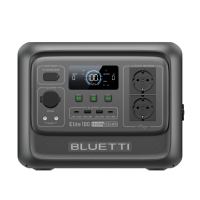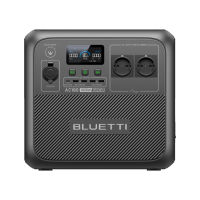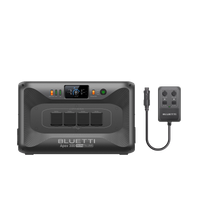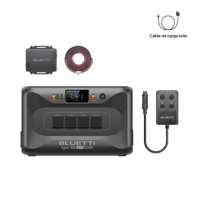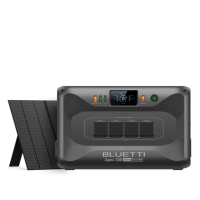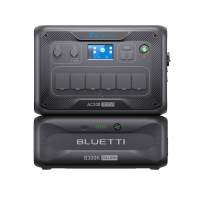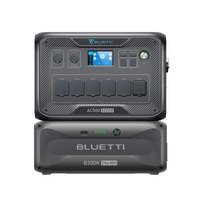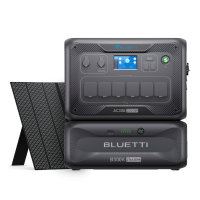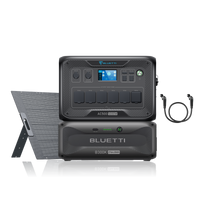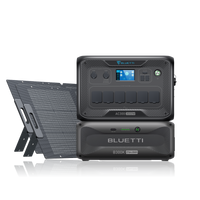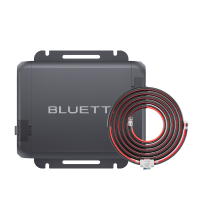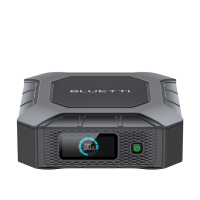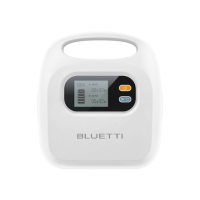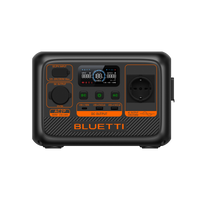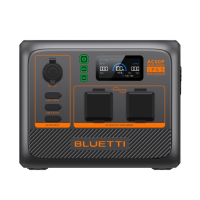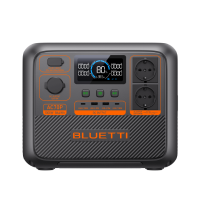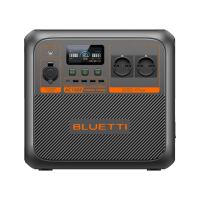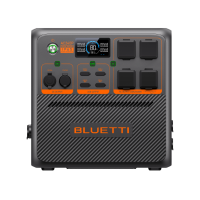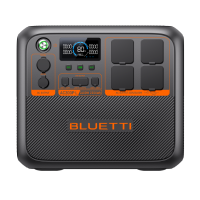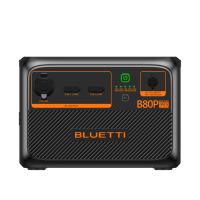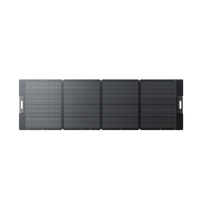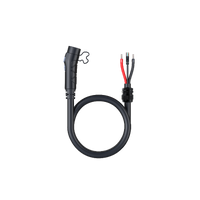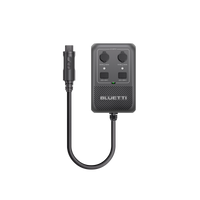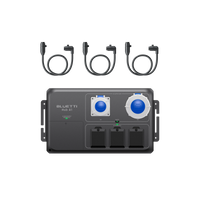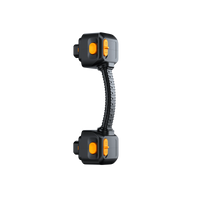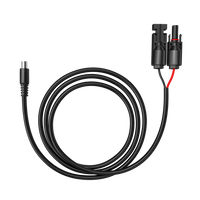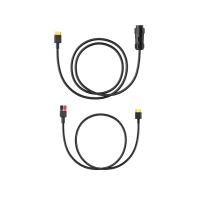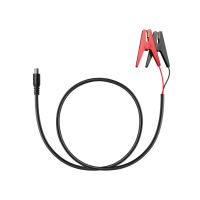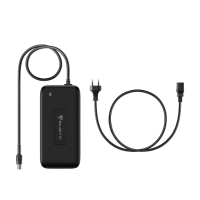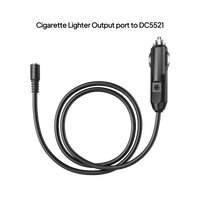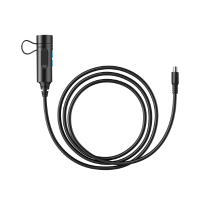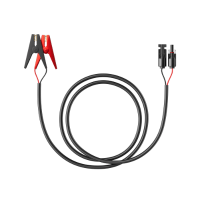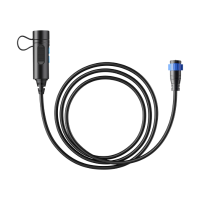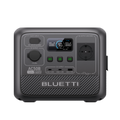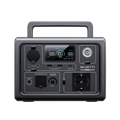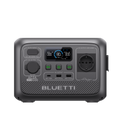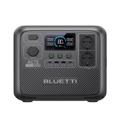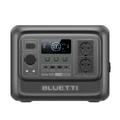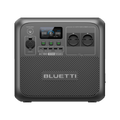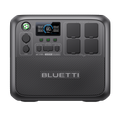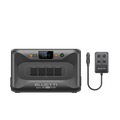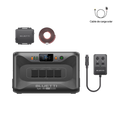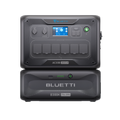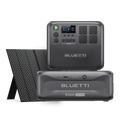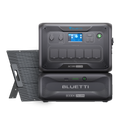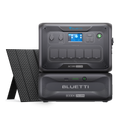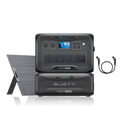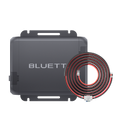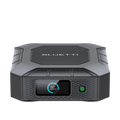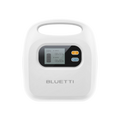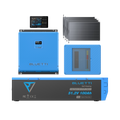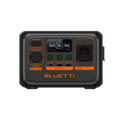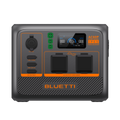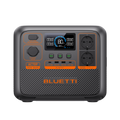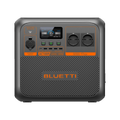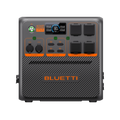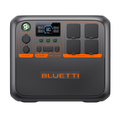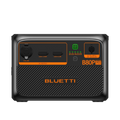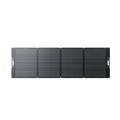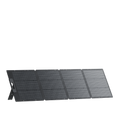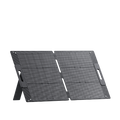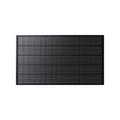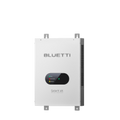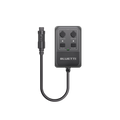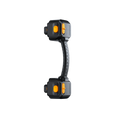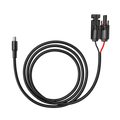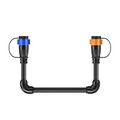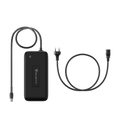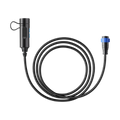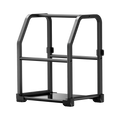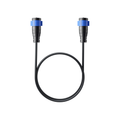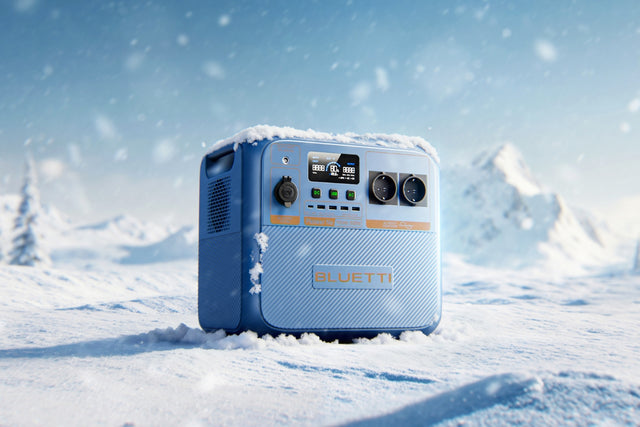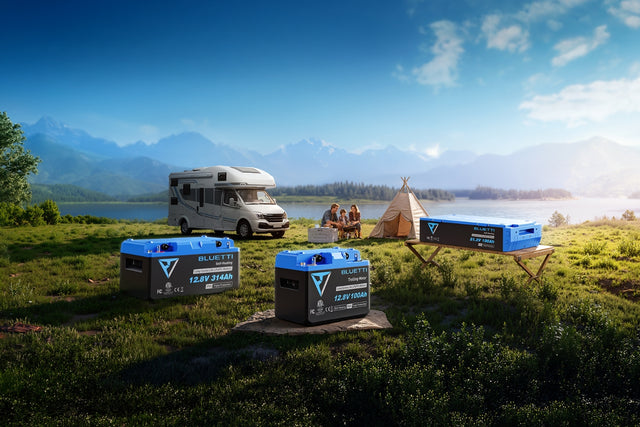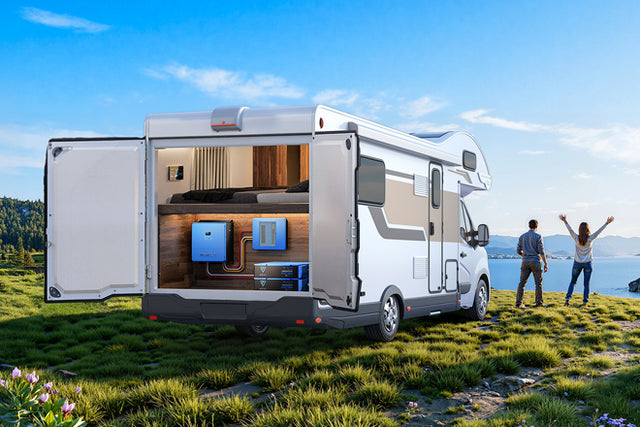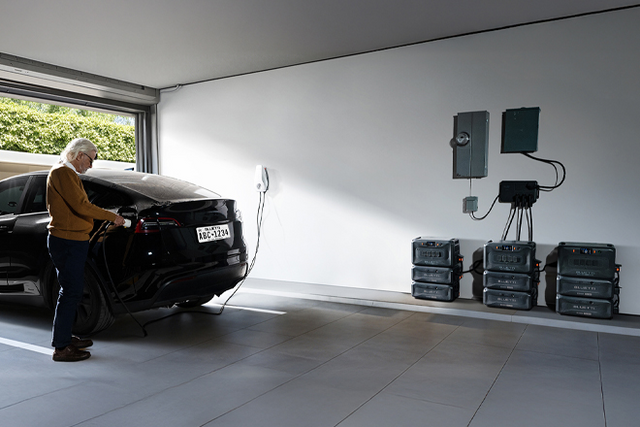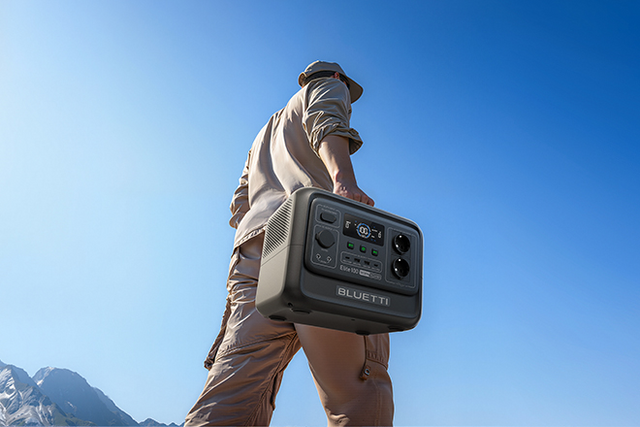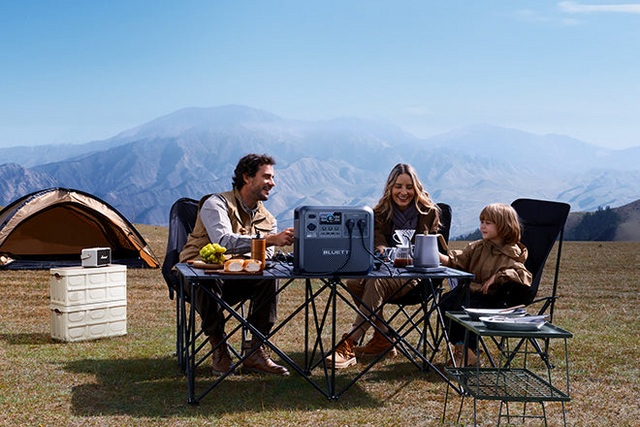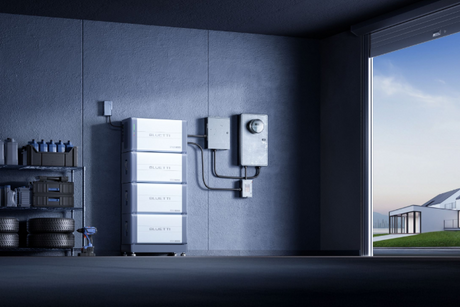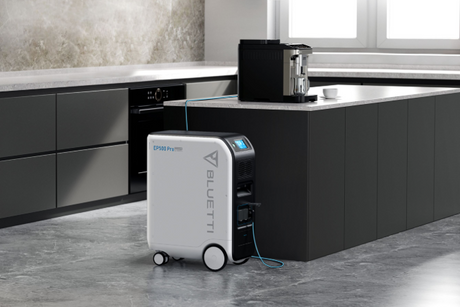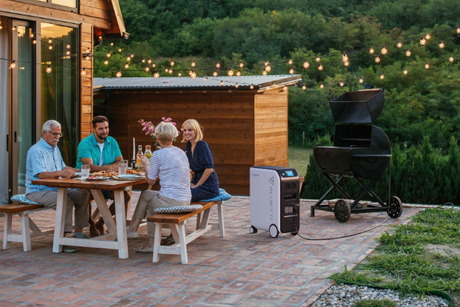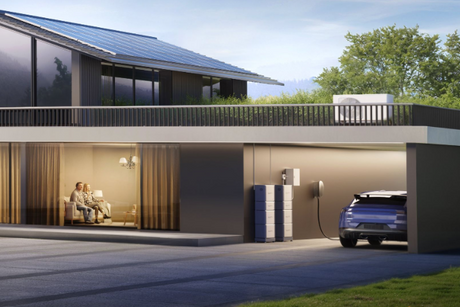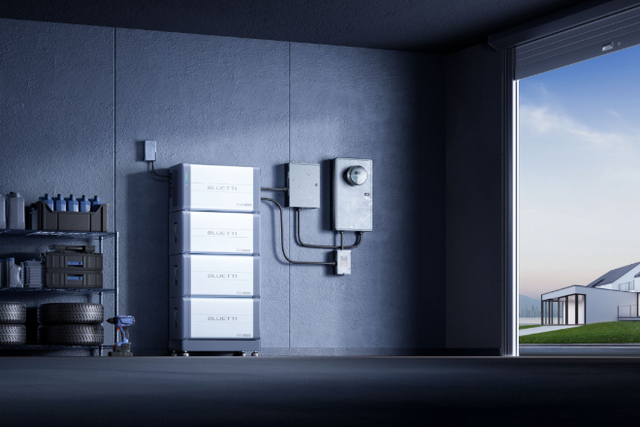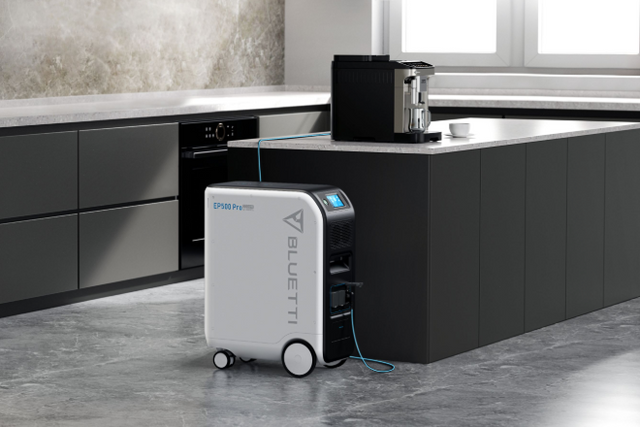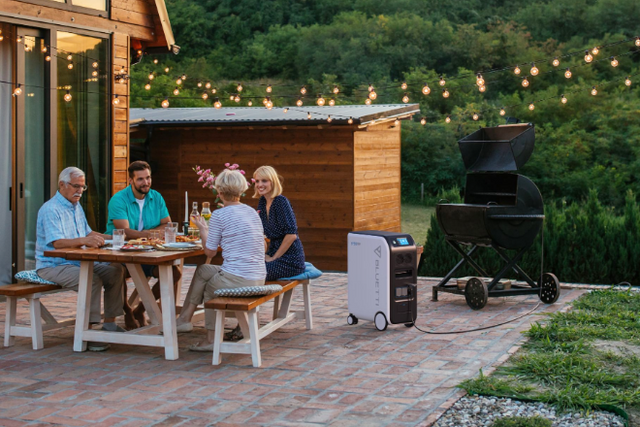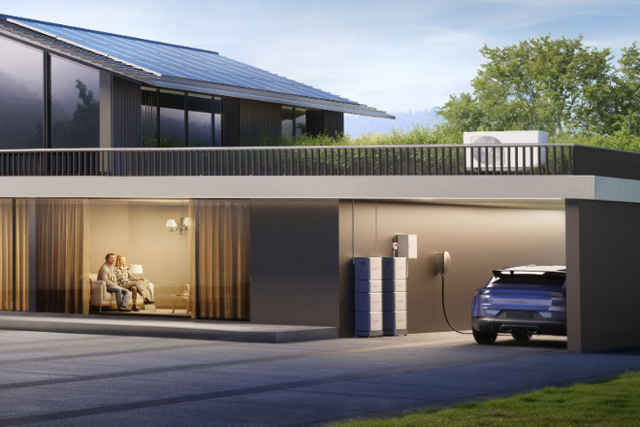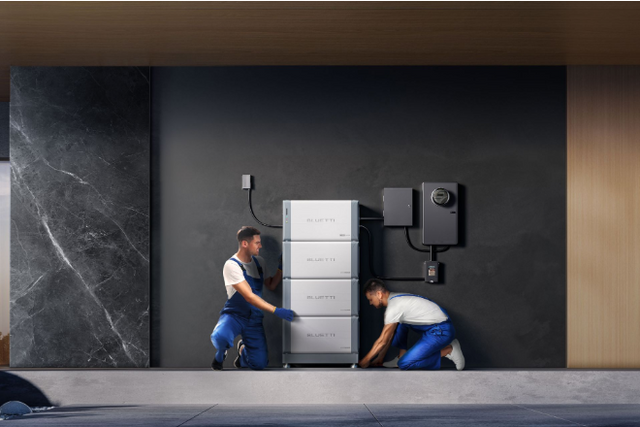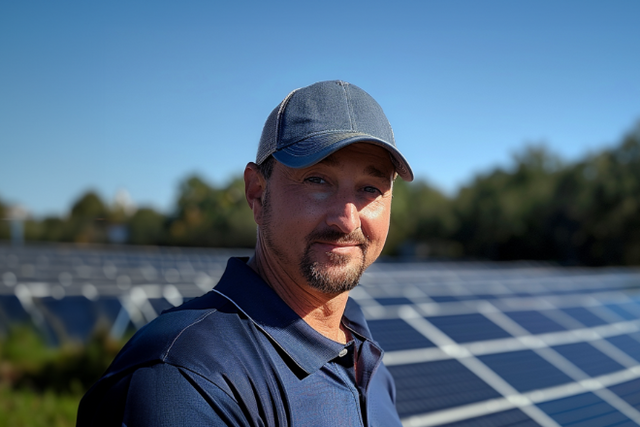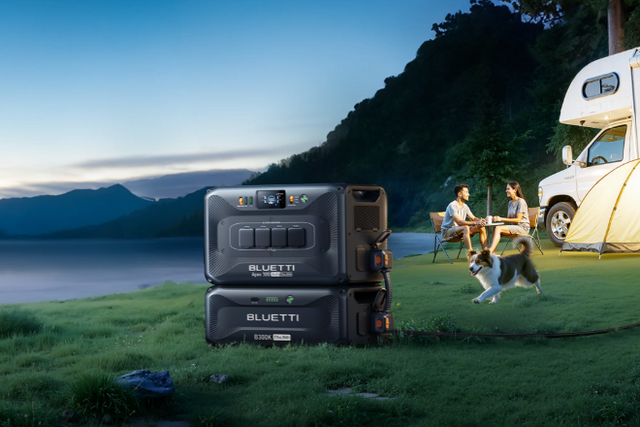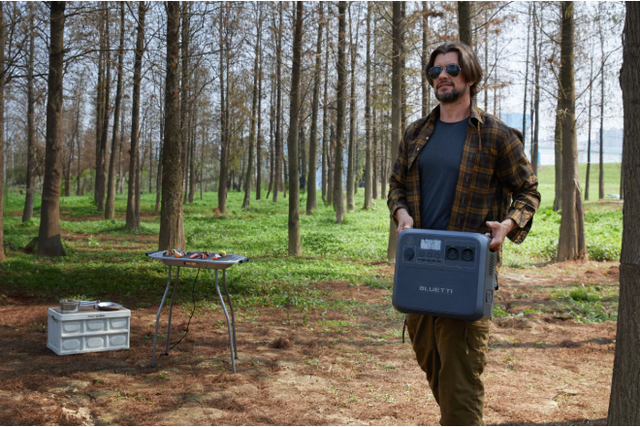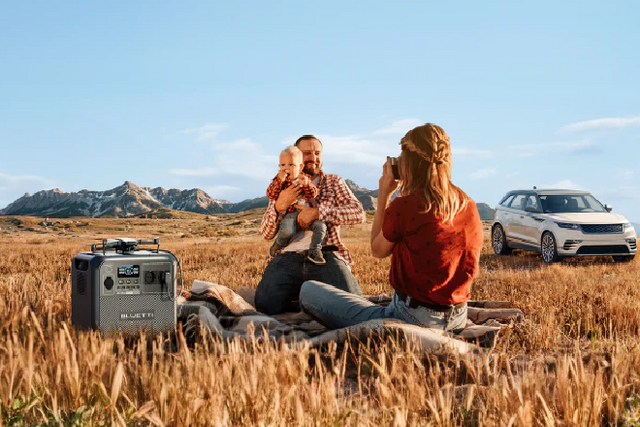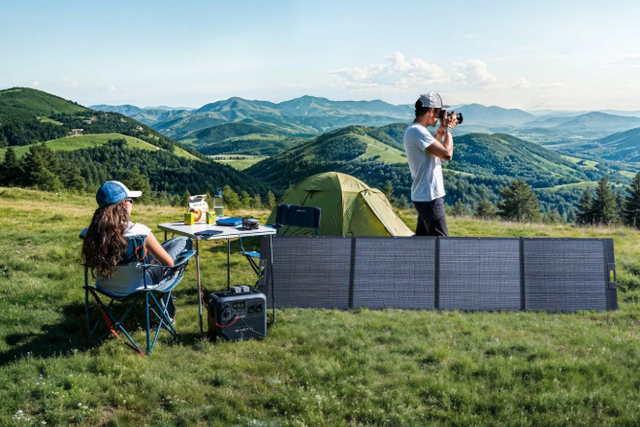Leaving the cities to more natural environments has always been a fabulous alternative that allows us to disconnect and rest. In addition to being an activity full of benefits, it is also very economical and healthy. For this reason, in this article we want to delve into this idea and show you how a good self-consumption solar kit can make your excursions unforgettable and you only worry about enjoying the surroundings. And it is that the best beaches, mountains, ski slopes or viewpoints are usually far from the big cities and it is likely that we will need two or three days to enjoy it properly without giving up our electronic devices. So be very careful because now there will be no stopping you from discovering the best hiking trails in Spain and you can go as far as you want.
Photovoltaic energy has evolved to the point of being able to carry it in our car, van or even inside our backpack And that, for lovers of mountains and places far from big cities, is good news. And it is that now we can consider spending two, three or more days completely disconnected from the electrical network and enjoy hiking trails, cabins off-grid or ports mountain with our charged devices: cell phones, cameras and even laptops.
Types of solar kits for hiking and excursions
Currently in the market we can find a wide variety of formats of solar kits that can be useful according to our needs. We can distinguish them, mainly by their size. In this article we will show you 3 types of self-consumption solar kits: for lights, with USB and complete. These three categories are the most common and the ones that you can easily find in stores.
- Solar kits for lights
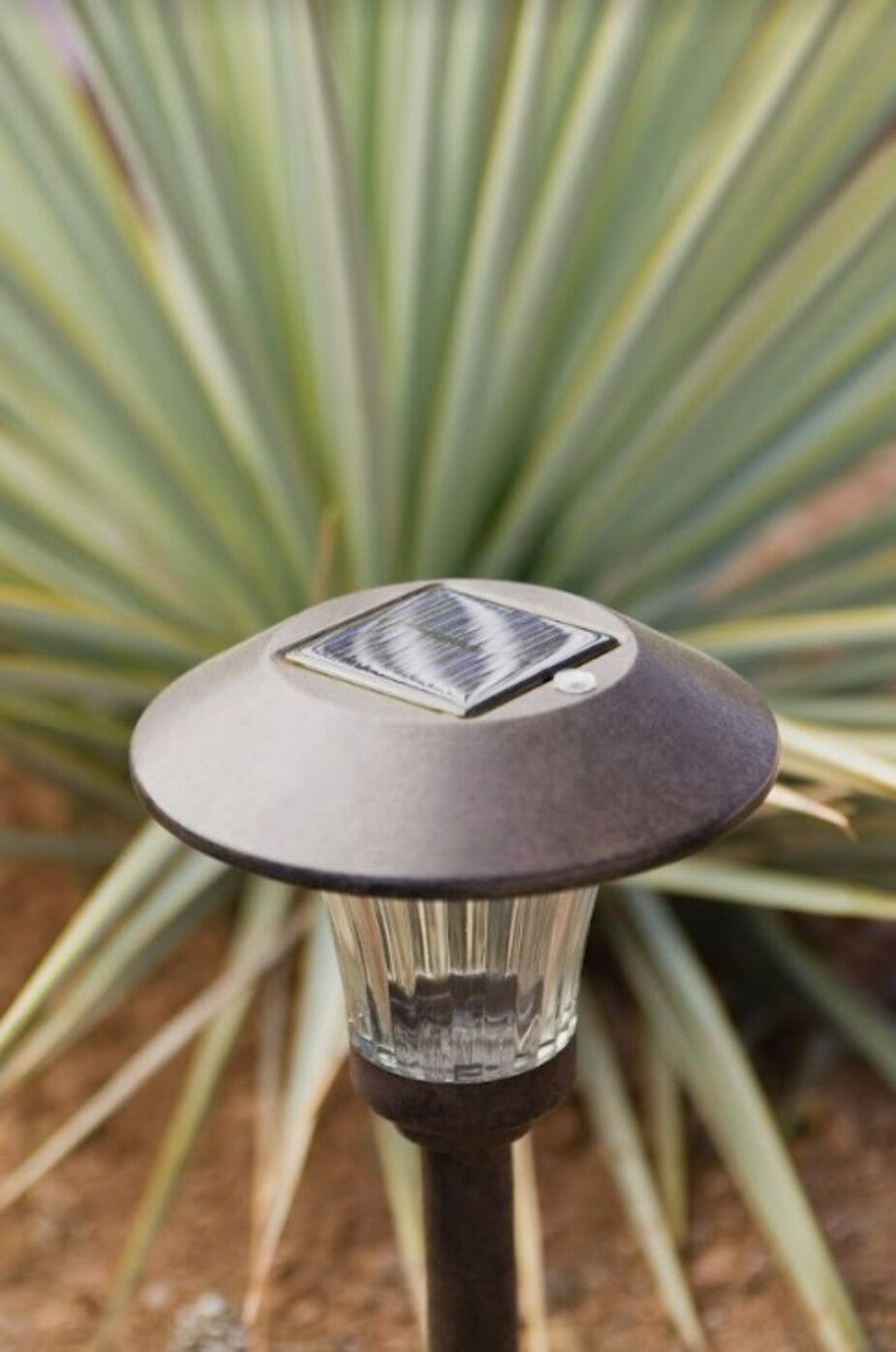
The smallest solar kits are those that are integrated into a light bulb or outdoor streetlight. These devices are quite handy for camping trips and you need a powerful, recharged flashlight. This type of lights is usually used on the exterior of houses since during the day they continue to receive light and energy from the sun.
These devices work in a fairly simple and light way: the lights incorporate a thin solar panel that receives photovoltaic energy and this is stored in a battery. This solar battery begins to work as conventional batteries would and is usually activated at nightfall automatically and/or manually.
Another advantage of this alternative, in addition to being small and practical, is that it is a type of cheap solar kit.
- Solar kits with USB

The next size is portable solar kits with USB. These devices are something like an external solar battery, which is charged with an attached solar panel. The size of this type of self-consumption solar kit can range from the size of a mobile device to that of a backpack. But the main feature is that they all include USB inputs where you can connect the main peripherals such as cameras, mobile phones, laptops, flashlights, etc. for a few hours.
As we said, within this format we can find two types of solar kits: the rectangular solar battery that is slightly larger than a mobile and the portable solar panel kit that can be unrolled and hung on the backpack. Both alternatives are ideal so that the hiker can leave the solar panel charging while walking or resting, as well as being able to store it comfortably in a backpack or pocket.
- Complete solar kits
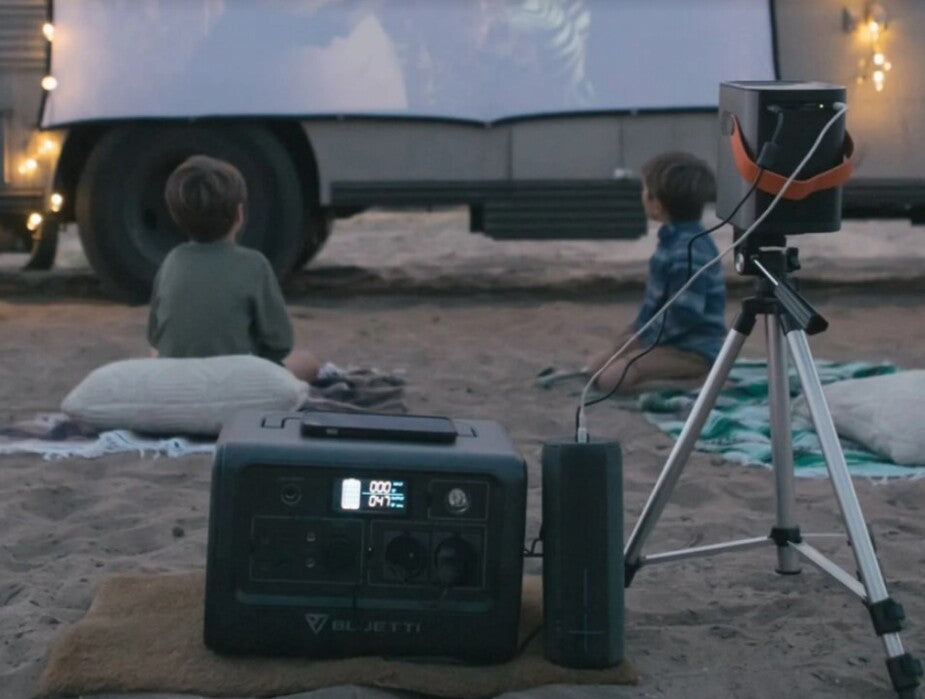
Finally we have the complete solar kits that include two devices. On the one hand, the solar battery or power station and on the other, the solar panel. As you may have deduced, the most distinctive thing about solar kits is the size of the solar battery. A size that gives us many clues about the efficiency and power of the solar kit. As we have seen, the first cheap solar kit was quite small and could at most collect energy for a led light. Instead, these complete models have a very powerful independent battery and can be used to power larger appliances such as a projector, a laptop, a small refrigerator, lights, etc. Even all at once!
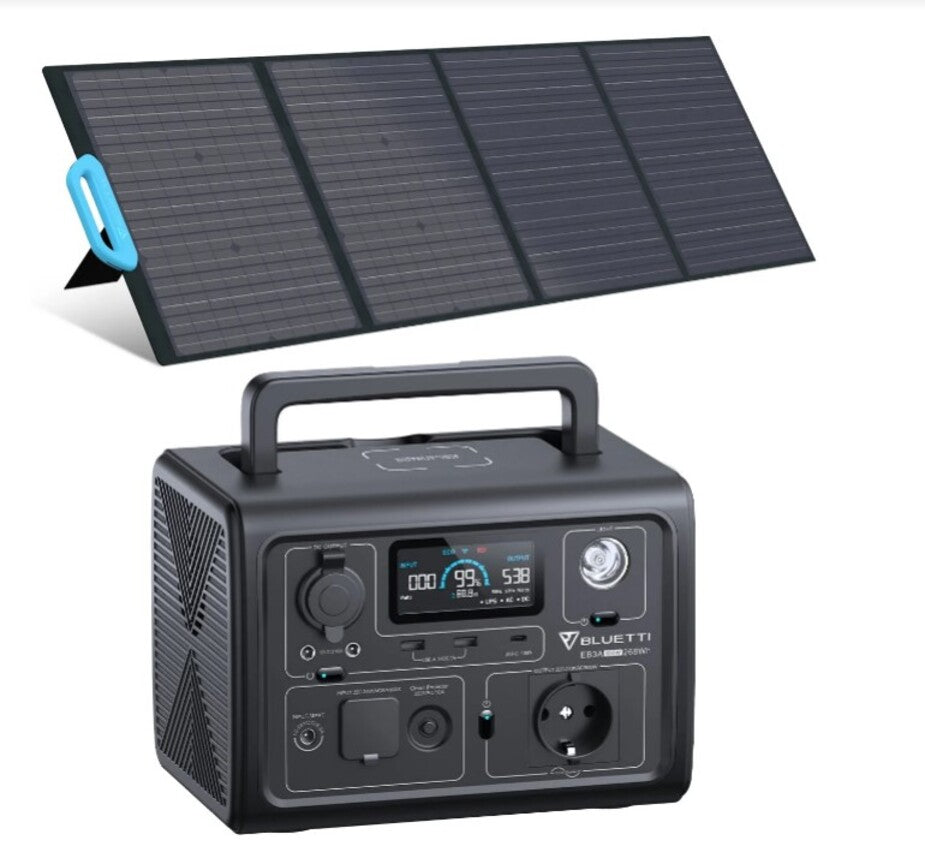
We can find a wide variety but we would like to highlight a versatile self-consumption solar kit, small and ideal for excursions: BLUETTI EB3A
Due to its weight and dimensions, this complete self-consumption solar kit is ideal for multi-day excursions by car or van in which to transport this power station. To give you an idea of the power you can achieve with this kit, you should know that this particular model can power: 1 laptop up to 3 times, 1 iPhone up to 25 times and 1 camera up to 50 times.
To choose the best self-consumption solar kit you must take these factors into account
-
The type of excursion
Configuring the type of excursion you are going to do can help you make certain decisions. For example, if our hiking activity is focused on doing a route of one or two days, surely we will not need a complete solar kit. And it is that for a two-day route, it is likely that our electrical need is only to charge one or two mobile devices, so a solar panel with USB is already sufficient. Also, if we go with a group we can distribute or multiply the solar panel kit to make sure we have enough power.
If, on the contrary, our excursion lasts more days or there are children or the elderly in the group, the ideal would be to opt for a complete solar kit that allows us to have enough energy so that in case of emergency we can always be located
-
According to electrical needs
We must also take into account the electrical need of our excursion. As a general rule, hiking trails do not require much electricity. However, if for example, the excursion is to do astronomical photography, you will need a complete solar kit to make sure you have enough.
-
According to the weather forecast
This last factor is of vital importance for obvious reasons. However, you should keep in mind that, contrary to what is believed, on cloudy days, in winter and on rainy days; the solar panel kit will continue to charge. What is certain is that said charge will be much slower than when it is sunny. Therefore, you must take into account the weather forecast because if there are any of the above weather conditions, you must make a realistic forecast, being aware that you will not be able to charge to the maximum. To clarify the conditions of the solar panels, keep in mind that the solar panel kit does not charge when it is in the shade or at night.
Shop products from this article
You May Also Like

Guía de Black Friday 2025 para Elegir la Estación de Energía que Necesitas

Batería de gel o AGM para autocaravana: Comparativa 2025 y por qué el Litio gana la partida

Comparación al detalle: BLUETTI Elite 200 V2 VS BLUETTI AC200L
Nueva estación de energía portátil BLUETTI Elite 200 la evolución de AC200L: más compacta, rápida y duradera, con mejor conectividad y rendimiento para energía portátil avanzada.



